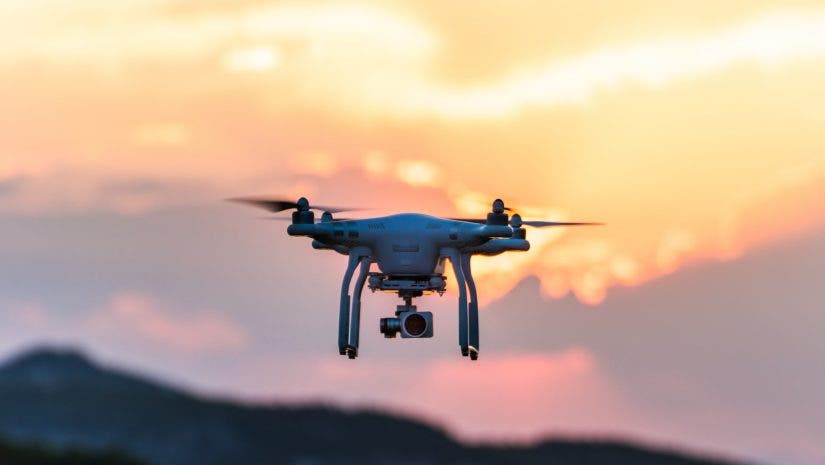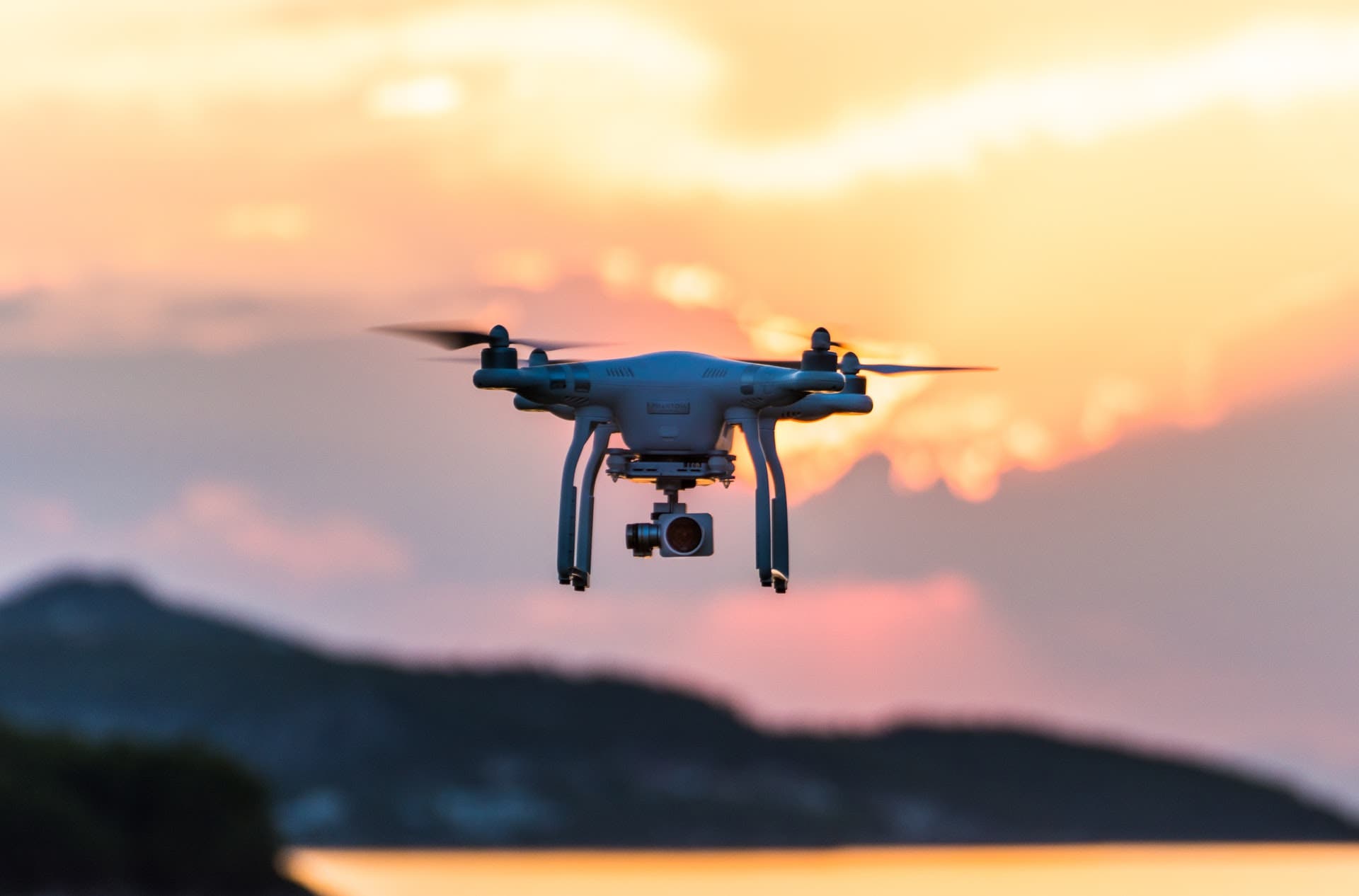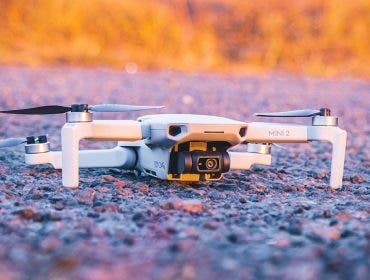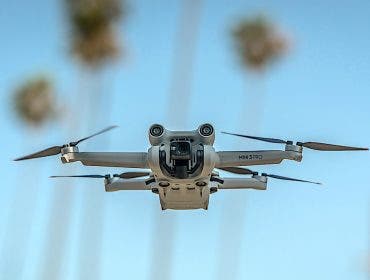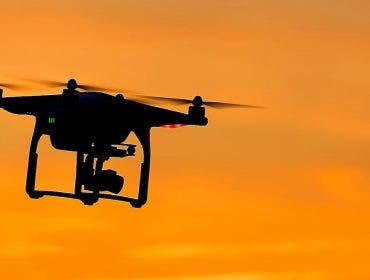The drone industry has really taken off over the past decade. From racing drones and hobbyist options to delivery drones and more commercial uses, many of us are finding reasons to love these mainstream convenience-boosters. Their popularity isn’t about to stop growing, either. Analysts expect more than 29 million drones to shipped worldwide by the end of 2021.
The huge take-off in uncrewed aerial vehicle (UAV) popularity means that there are loads of different types of drones to buy. That’s great news for people who want their own tiny flying machine, but you’ll have to do a bit more research to discover the best drone for your specific needs.
We’ve rounded up four different types of drones in this guide today, so take a look at their unique features to find out what lifts these UAVs to their new heights of popularity.
4 Types of Drones & Their Differences
1. Multi-rotor drones
If you’ve seen small drones in your local park, they’re likely multi-rotor models. These designs have several fans above their compact body. The multiple propellers create powerful lift and give the pilot precise control.
Their small size and excellent control make multi-rotor drones a great option for aerial photography. They can hover easily and take off vertically, too, adding another level of versatility.
There are downsides to quadcopters, hexacopters, and octocopters, though. Adding more rotors makes a drone trickier to learn and harder to control. All those moving parts consume extra power too, draining batteries faster. You’ll get less than an hour of flying time from most multi-rotor drones. That makes them best suited for photography and videography.
2. Fixed-wing drones
As their name suggests, fixed-wing drones look more like conventional planes, requiring a runway or a catapult to launch. They don’t have vertical take-off ability like quadcopters and single-rotor drones, and this unmanned aircraft system can’t hover.
A wing-based design has plenty of big advantages. Static wings keep the drone in the air and improve aerodynamics, making these drones more efficient. That creates longer operation without stopping to charge or swap the batteries. They’re zippier than rotor-based drones, too, thanks to the speed advantage of a plane vs. a helicopter.
These attributes make them ideal for covering longer distances. They don’t have to run on batteries, either; many fixed-wing drones rely on gas engines instead.
The flying time, range, and speed of fixed-wing drones makes them ideal for military, surveillance, and hobbyist users who want a purer flying experience. They tend to be pricier and require more experience compared to other choices on the market.
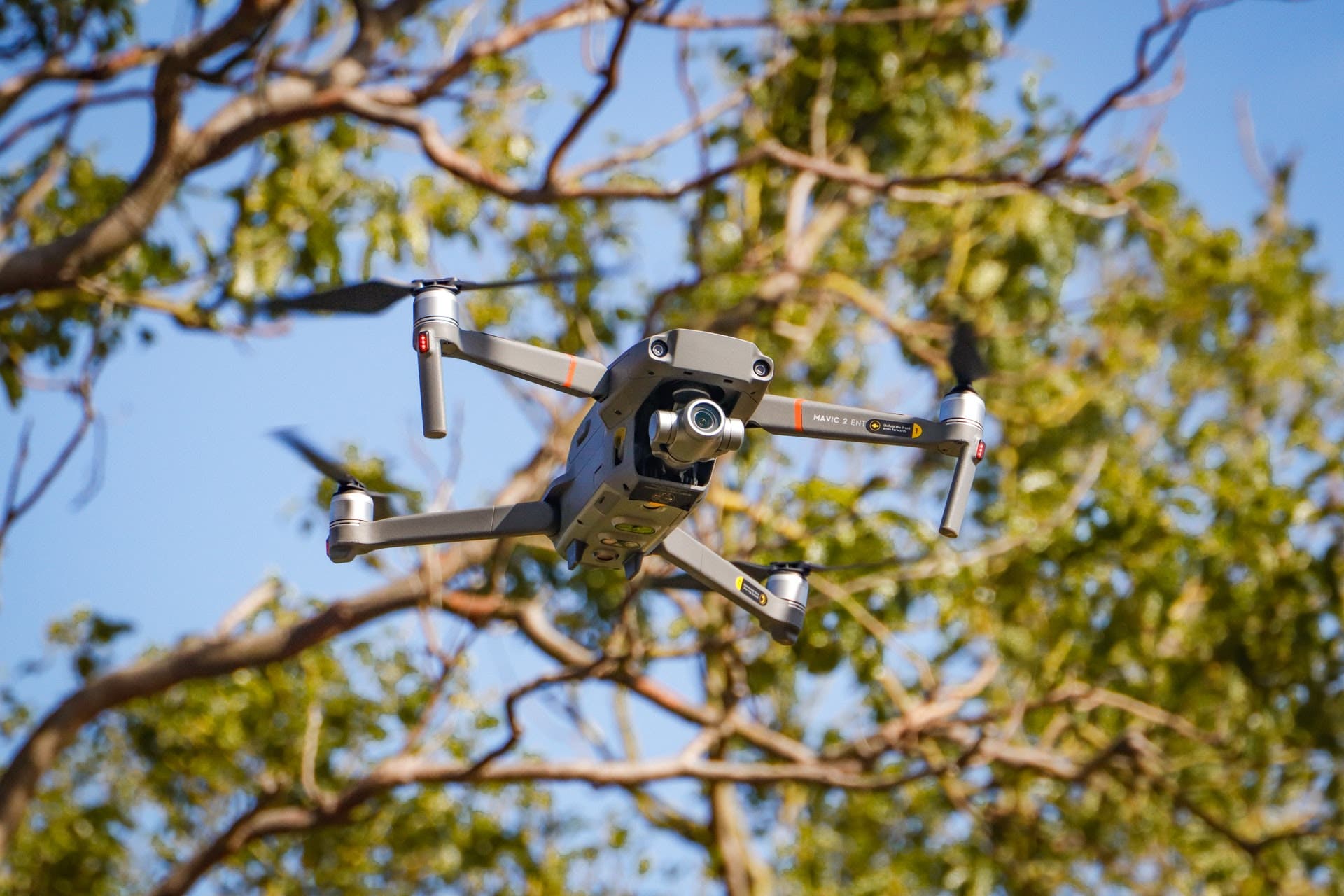
3. Single-rotor helicopter drones
These helicopter-style drones combine the best attributes of tiny, multi-rotor devices and large, single-wing units.
Their reliance on rotors helps these devices hover and launch vertically. They tend to be larger than their tiny counterparts, suiting them to carry larger payloads. The lack of multiple motors makes them more efficient than multi-rotor models.
The efficiency boost means single-rotor devices often use gas engines rather than batteries. The gas option dramatically increases their range.
These drones tend to be larger and more complex than other types of drones, especially multi-rotor models. That ramps up their price points and makes them somewhat trickier to learn to operate. Those larger blades can also make them more dangerous, so it’s a good idea to get the proper training before laying down your money.
4. Fixed-wing hybrid VTOL drones
Fixed-wing hybrid models are the newest drone technology to launch into the marketplace. They combine the long range and flight time of fixed-wing drones with the vertical take-off ability of a rotor-based device. That versatility makes this hybrid hardware a great choice for commercial drone use. Some companies are already using these models for its delivery purposes.
Some hybrid units are simply fixed-wing drones with vertical lift rotors. Others reposition themselves to fly straight up during take-off, then move to a horizontal position once they’re in the air. There are even designs with wings and rotors that can swivel one way to take off vertically, and another during flight.
Hybrid VTOL drones are incredibly versatile, making them a great option for long-distance flying. They also tend to be a tad on the expensive side vs their more common cousins. They’re also relatively new technology, making them a good choice for early adopters.
With all of this information as your guide, are you ready to fly? Take a look at our drone selection at Adorama to find the right option and accessories for you from trusted brands like DJI, Freewell, Parrot, and others.
